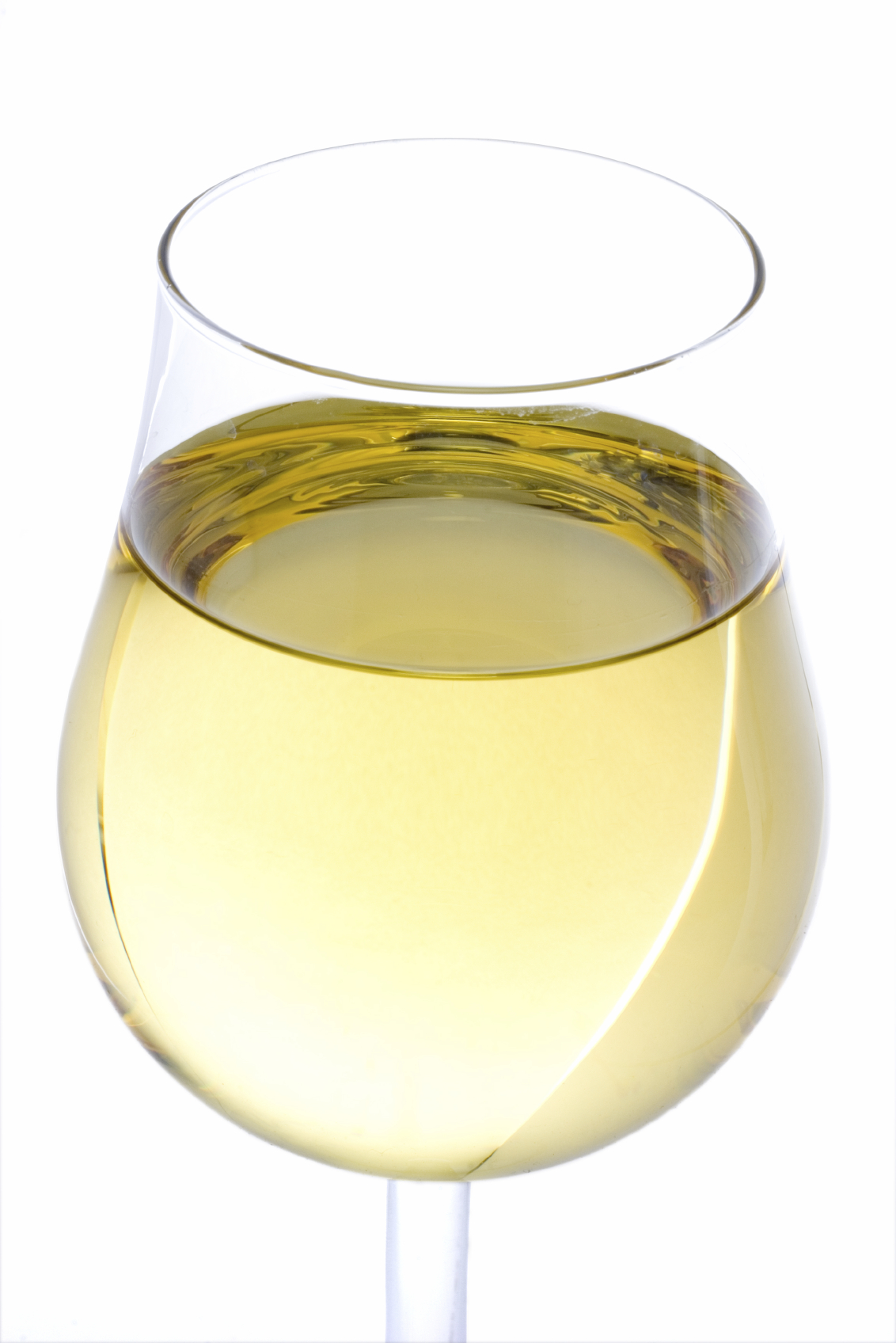Aqua Amore Blog & News
Media Watch: 2012
Matching wine and food with water? Have you ever heard of such a thing? Chris Mercer talks to the new generation of experts who believe it’s all down to the terroir.
It is tempting to label the rise of restaurant ‘water menus’ in the early 21st century as yet another example of the hedonism displayed by a society dazzled by fanciful opulence. In the post-recessionary fog, however, there is sober reflection. Claridges hotel, for one, no longer has a water menu. The party appears to be over.
Tap water’s safe and affordable qualities have gained it fans. These days, with restaurant wine mark-ups under pressure, it’s brave to charge £5 and upwards for a bottle of water. What’s more, relatively short supply lines and minimal packaging have made tap water the ecologist’s friend.
Michael Tanousis, founder of London-based bottled water supplier Aqua Amore, accepts tap water as an everyday thirst-quencher, but when it comes to enjoying a good meal, he views l’eau de Thames as a ‘bastardised product’. Supporting it in restaurants is ‘like making an argument for highly processed food’, he says.
Tanousis’s opinion comes down to this: ‘Huge investment is put into sourcing the best ingredients and the best wines, yet this sacred combination could be harmed by that rogue element on the table: water.’ Underlying this view is Tanousis’s conviction that water, like wine, is packed with variety. ‘A lot of people fail to realise that water is, by definition, terroir,’ he says.
This isn’t as strange as it seems. A lot of whisky distillers will tell you their water source affects the character of the base spirit. A water’s profile will depend on the porous rock and sediment that make up its source. For example, Fiji water comes from an artesian source in which underground pressure, created by impermeable volcanic rock, forces the water to the surface. You can also find glacial waters, drawn from melted ice, such as the Norwegian Isklar.
Spot the difference
But how do you go about spotting subtle differences between waters, and just how important are they when you are drinking water alongside wine and food?
First, make sure the mineral water comes from a natural spring, then check its chemical properties, stated on the label. For example, higher levels of calcium and bicarbonate can give water a softer, creamier mouthfeel. Evian is a good example, while Vittel gets a silky texture from higher levels of magnesium. High calcium can also yield a chalky taste, as in Hildon still water from the chalk-rich hills of southern England. Some argue that a lower pH level induces mild sweetness. Close your eyes and you’ll taste sweetness in Fiji.
Water’s odourless character can make it hard to describe. ‘There’s no universal language communicable for what makes water unique,’ says Tanousis. Partly for this reason, mouthfeel is important. For sparkling waters, there is a big difference between the lightweight carbonation of a Pedras Salgadas, the medium-fizz of a Badoit and the unruly, bad-boy bubbles of a Perrier. Matching water with food often comes down to mouthfeel, according to Michael Mascha, author of the Fine Waters book and website.
In a water, food and wine three-way session, most people believe that water should be submissive. Colleen Rafferty, of wine merchant Aubert & Mascoli, says: ‘London, in particular, has very harsh water with noticeable flavours. To fully enjoy wine and food you need a water that is clean and fresh with a smooth, soft mouthfeel that will not interfere.’ Rafferty recently used Fiji water as a palate cleanser during a wine-and-food tasting.
Water for wine

Tanousis has gone further, by spearheading efforts to match specific white wine styles with specific waters. In tests on 55 white wines, the artesian Iskilde came up trumps for aromatic white wines, such as Viognier, while Saint Geron sparkling water was best with oaked whites. Water should ‘enhance some or all of a wine’s natural characteristics’, he believes.
In the end, though, the concept is a pretty hard sell and even the evangelical Tanousis concedes that he is outnumbered by sceptics. If you want to test the theory, why not see how many different brands of water you can find and try a few of them together?
Ways with water
Play it cool: Make sure it’s chilled but don’t go ice cold, because this could dampen your palate.
Match the mouthfeel: Think big sparklers such as Perrier with hearty fare like steak, softer still waters such as Welsh Llanyllr with sushi, or sweet-tinged Fiji with crème caramel. Medium-carbonated, slightly salty waters such as German Gerolsteiner will cut through the creaminess of a Roquefort cheese. Try Badoit for less pungent cheeses.
Wine rules: Water is wine’s support act, so think about minerality. Try a fresh, calcium-rich, still Hildon with a Sancerre from chalky soils in the Loire Valley. A higher overall mineral content, like that of Harrogate spring water, should provide a better balance against medium- and full-bodied reds. High mineral sparkling waters such as San Pellegrino complement, rather than overwhelm, full-bodied red wines, like a spicy Shiraz.
Article published in the summer issue of Square Meal Lifestyle, 29/06/2012 (here)

 Acti-Vit Sparkling Vitamin Water Tropical Mango, Pineapple & Passion Fruit Aluminium Can 12x330ml
Acti-Vit Sparkling Vitamin Water Tropical Mango, Pineapple & Passion Fruit Aluminium Can 12x330ml 









